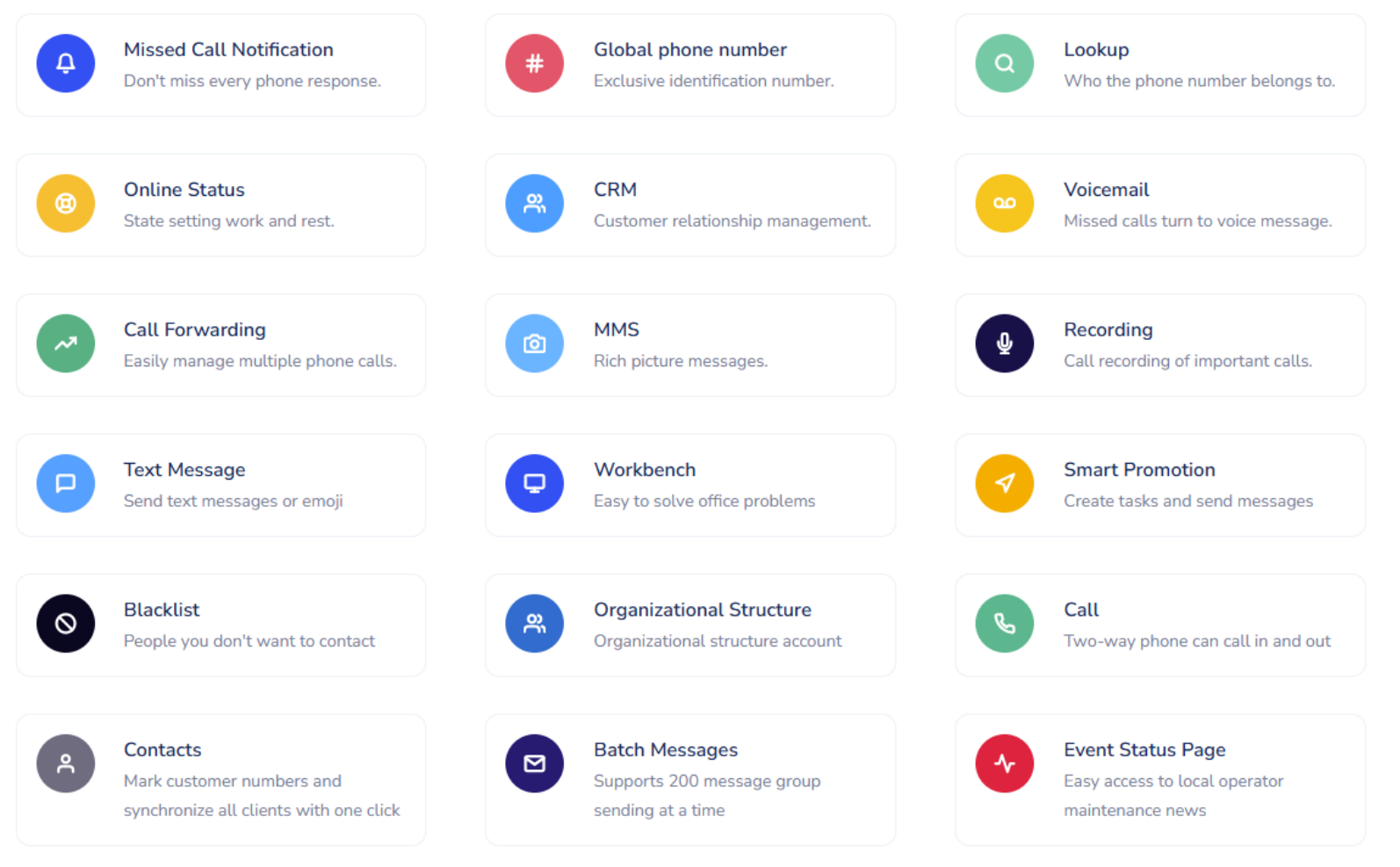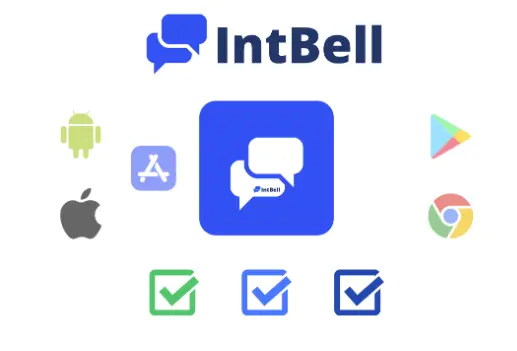Background and Significance of Industry Comparison
In the globalized business environment, cross-border communication has become a key link in enterprise operations. However, traditional communication service providers (such as international telecom operators and local SIM card service providers) are gradually showing limitations in meeting the needs of modern enterprises—problems such as high costs, low flexibility, and technological lag restrict the development of global businesses.
At the same time, new-type communication solutions represented by IntBell are emerging. Based on technologies such as cloud computing, intelligent routing, and open APIs, they provide more efficient, flexible, and low-cost global communication services. This showdown between old and new forces is not only a technological competition but also a transformation of business models.
This article will compare the differences between IntBell and traditional communication service providers from three dimensions: functions, technology, and user experience, and explore how IntBell is reshaping the global communication market.

Functional Comparison: Coverage, Cost Structure, Service Response Speed
1. Coverage: Global Virtual Numbers vs. Local SIM Card Limitations
- Traditional Communication Service Providers: Rely on physical SIM cards. If enterprises need numbers from multiple countries, they must purchase SIM cards from different operators, which is complex to manage, and number resources in some countries are scarce.
- IntBell: Provides global virtual numbers covering more than 100 countries and regions. Users can obtain numbers in popular markets such as the U.S., UK, and Hong Kong, China, without physical cards, greatly reducing the threshold for cross-border businesses.
2. Cost Structure: Transparent Low Prices vs. Hidden Fees
- Traditional Communication Service Providers: International calls and text messages are expensive, often with hidden fees (such as roaming charges and cross-border settlement fees). For example, a certain operator charges up to $0.5 per minute for calls between China and the U.S.
- IntBell: Adopts a cloud communication architecture, with tariffs 30%-70% lower than traditional operators, no hidden fees, and supports pay-as-you-go, making it suitable for small and medium enterprises to use flexibly.
3. Service Response Speed: Instant Activation vs. Lengthy Approval
- Traditional Model: Enterprises applying for international numbers need to submit qualifications and wait for review, with the process possibly taking weeks.
- IntBell: Instant online activation allows users to use the number within minutes after registration, especially suitable for fast-paced industries such as cross-border e-commerce and game overseas expansion.

Technical Comparison: Intelligent Routing, Data Encryption, API Integration Capability
1. Intelligent Routing: Optimizing Communication Quality
- Traditional Operators: Rely on fixed lines, and cross-border calls may be delayed or disconnected due to network congestion.
- IntBell: Adopts dynamic intelligent routing to automatically select the optimal path, ensuring high connection rates and low latency, especially suitable for scenarios such as cross-border customer service and remote conferences.
2. Data Encryption: The Gap in Secure Communication
- Traditional Operators: Some still use traditional communication protocols, and data may be intercepted or leaked. For example, in 2024, about 73 million customer information of AT&T, a U.S. telecom giant, was leaked to the “dark web”, including sensitive information such as social security numbers, causing serious damage to customer privacy and corporate reputation.
- IntBell: End-to-End Encryption (E2EE) ensures that call and text message contents are not stolen, complying with international data compliance requirements such as GDPR.
3. API Integration Capability: Open Ecosystem vs. Closed System
- Traditional Operators: Limited API interfaces, requiring enterprises to develop additional adaptation systems, resulting in high integration costs.
- IntBell: Provides standardized APIs that support quick docking with CRM, customer service systems, e-commerce platforms, etc., helping enterprises achieve automated communication management.

User Feedback and Market Reputation Analysis
1. Enterprise User Reviews
- Cross-border E-commerce Company: “IntBell’s U.S. virtual number has helped us enhance customer trust, and the cost is 50% lower than local operators.”
- International Education Institution: “Traditional international call fees are too high. IntBell’s intelligent routing makes our cross-border consultations more stable.”
- Game Overseas Team: “The SMS verification code API is easy to integrate, covers many countries, and greatly shortens the user registration process.”
2. Market Trends
- The market share of traditional operators is being eroded by cloud communication services. Authoritative data agency Gartner predicts that by 2026, the global cloud communication market size will exceed $50 billion, showing a rapid growth trend.
- Emerging service providers like IntBell, with flexibility, low cost, and high scalability, have become the preferred communication solution for small and medium enterprises going global.

Conclusion: The Disruptive Value of IntBell
This showdown between new and old communication models is essentially a comprehensive competition of efficiency, cost, and experience. Traditional operators, constrained by infrastructure and business models, struggle to meet the agile needs of modern enterprises, while IntBell provides a better solution through technological innovation:
✅ Wider Coverage—Global virtual numbers without physical cards
✅ Lower Costs—Cloud architecture reduces communication tariffs
✅ Stronger Technology—Intelligent routing, end-to-end encryption, open APIs
✅ Better Experience—Instant activation, stable calls, seamless integration
In the future, with the popularization of 5G, AI, and cloud computing, IntBell’s intelligent communication model will further replace traditional services, driving the global communication industry into a new era of higher efficiency, greater security, and broader accessibility.
The outcome of this showdown is already emerging—IntBell is not just an alternative; it represents the future direction of the communication industry.”



